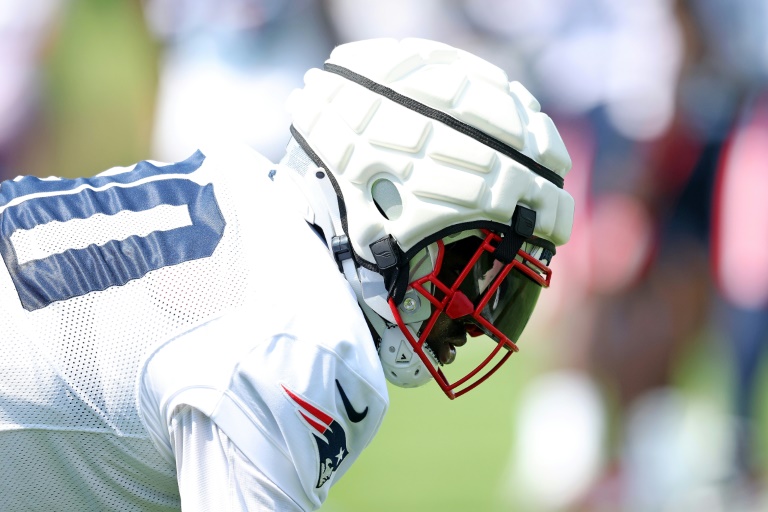New York (AFP) – New York officials say the gunman who stormed a Manhattan skyscraper and killed four people believed he was suffering from Chronic Traumatic Encephalopathy (CTE), a neuro-degenerative disease that has affected hundreds of American football players. The man may have been targeting the National Football League (NFL) headquarters located inside the building.
Here is key background about the brain condition and its link to contact sports:
**- What is CTE?**
CTE, which cannot be tested for in living individuals, is a degenerative brain disease caused by repetitive head trauma. It has been linked to an array of behavioral symptoms including aggression, impulsivity, depression, anxiety, paranoia, and suicidal tendencies, as well as progressive cognitive symptoms such as memory loss. Awareness of the condition rose through the groundbreaking work of Dr. Bennet Omalu, a Nigerian-American forensic pathologist, who discovered CTE in the brain of former Pittsburgh Steelers center Mike Webster in 2002. Webster died at 50 after years of erratic behavior and physical decline. Omalu’s research was initially dismissed and discredited by the NFL, but the league eventually acknowledged a link between concussions sustained in football and CTE in 2009. The 2015 film “Concussion,” starring Will Smith as Omalu, brought wider popular awareness to the issue. A year later, the NFL announced a $1 billion legal settlement aimed at providing financial assistance to players suffering from dementia and other neurological conditions linked to concussions.
**- Violent deaths**
CTE has been cited in a number of violent deaths involving former NFL players. In 2011, former Chicago Bears safety Dave Duerson, 50, died from a self-inflicted gunshot wound to the chest. Before taking his life, Duerson sent a text message to family members requesting that his brain be sent for analysis at the Boston University School of Medicine, which has led research into CTE. Tests by researchers at the university later confirmed Duerson had been suffering CTE linked to concussions sustained during his career. There have been numerous similar incidents. In 2021, former NFL player Phillip Adams, 32, shot dead six people before killing himself. A post-mortem examination of Adams’s brain found that he had been suffering from CTE, citing “unusually severe” damage to his brain. A coroner said Adams, who began playing gridiron in school, had complained of “excruciating pain” as well as memory issues and difficulty sleeping. Former New England Patriots tight end Aaron Hernandez was also found to have CTE after committing suicide in prison, where he was serving a life sentence for murder. Several other players have also been found to have had CTE after taking their own lives.
New York Mayor Eric Adams said the 27-year-old Manhattan shooter carried a note referencing CTE and appeared to have blamed the NFL for his condition. The gunman never played in the NFL but was reportedly a star player at high-school level.
**- Estimated impact**
Because no test exists for CTE in living people, studies have been limited to examining the brains of players after their deaths. A 2023 study by the Boston University CTE Center said that of 376 brains of former NFL players, 345 of them were found to have CTE. While that sample is potentially skewed — the center is often asked to analyze brains from family members of players who have shown symptoms of CTE — the findings suggest a high incidence of the condition among NFL athletes. A 2024 survey of nearly 2,000 former NFL players, conducted by a team of researchers from the Football Players Health Study at Harvard University, showed that one-third believed they had CTE, citing health issues such as cognitive problems, depression, headaches, and chronic pain.
© 2024 AFP









